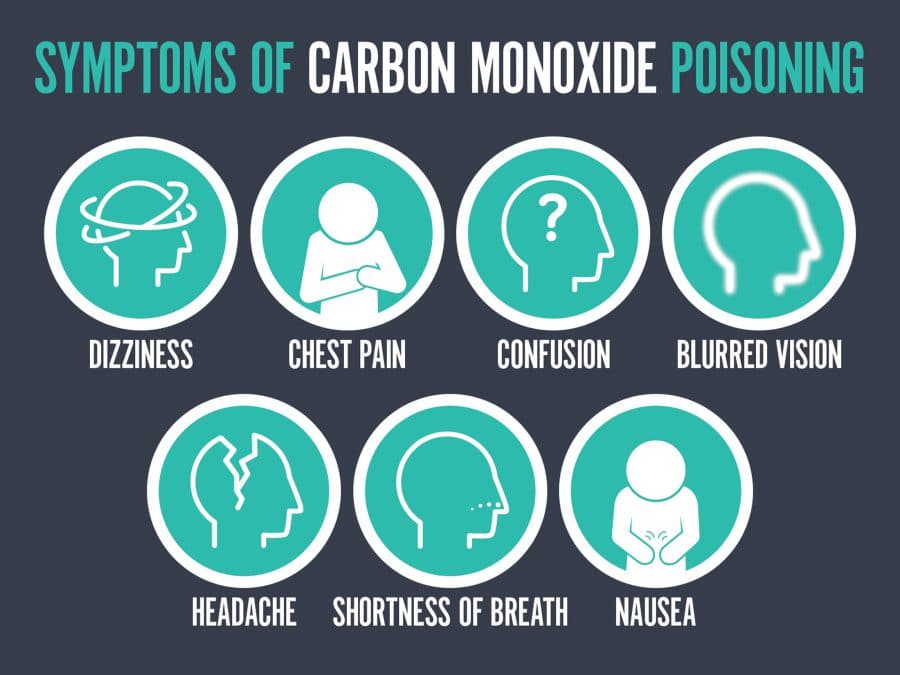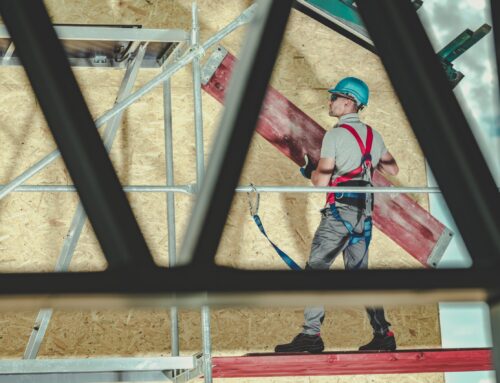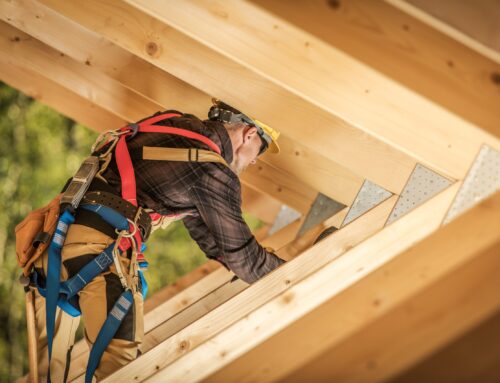After over 25 years of preaching and teaching it, I’ve come to realize that safety is a culture, not just a workday activity. It is a part of our lives. Accordingly, successful safety programs need to address not just workplace but home injuries. As the weather turns cold, there is one important home safety topic that I take up with my employees: Carbon monoxide (CO) poisoning. Here’s what I tell them.
High Cost of Fuel Increases CO Risks
Mid-fall is the start of the CO season. This is when we start firing up furnaces, wood burners, space heaters and the like. And when we button up our homes, shops and garages to keep out drafts, we also seal in CO.
This year, the CO threat is especially acute. News reports are warning that home heating costs – such as natural gas in the Midwest – are likely to increase this winter. Consequently, many people are expected to use alternative heating sources to cut down on their bills. That makes it especially imperative to get word out about the dangers of CO poisoning.
Warning Symptoms
CO is known as “the silent killer.” That’s because it kills without warning. CO gas is odorless and colorless. CO displaces the oxygen from your blood stream (thus the red face) and exposure to high levels can be fatal.
Symptoms of CO poisoning can easily be mistaken or explained away as lack of sleep or mild flu. So the first thing you need to do is warn your employees and make them aware of the symptoms of CO poisoning, including:
- Headaches
- Weakness
- Dizziness
- Disorientation
- Unusually red cheeks
If anyone in your household is experiencing these symptoms, move them to a well-ventilated area and get medical attention.
Inspect for Sources of CO
To reduce the risk of CO poisoning in your home or shop, you should conduct a pre-winter inspection of common CO sources, such as:
- Furnaces
- Fireplaces
- Space heaters (other than electric ones)
- Gas-fired appliances, including stoves or grills
- Hot water heaters
As part of your inspection:
- Have a qualified technician inspect and clean your heating system (even a new furnace may have a cracked heat exchanger)
- Ensure that chimneys and flues are clear of animal or bird nests
- Ensure that summer junk isn’t blocking vents, flues or the immediate area around space heaters.
Generally, any internal combustion engine or anything burning a fossil fuel should be inspected.
Other Pointers
In addition to inspecting CO sources, there are other ways you can reduce the risk of CO poisoning in your home:
- Even in emergencies, do not use your kitchen stove as a heater
- Don’t grill with propane or charcoal indoors
- Avoid running any internal combustion engine inside a garage or shed. If you do a lot of vehicle work, try this trick used by most commercial garages: place a small covered hole in your garage door and run a hose from the exhaust pipes through the hole.
Conclusion
Invest in your family’s safety by buying a carbon monoxide detector for the home, garage and the workshop—one that is warranted and has UL approval. Or buy a smoke detector that has a CO detector built-in. Some insurance companies will you give a credit for having a CO detector. At a cost of somewhere between $20 and $70 (US), it’s money well spent. The life saved may literally be your own!
Contributor: Gerald A. Edgar






